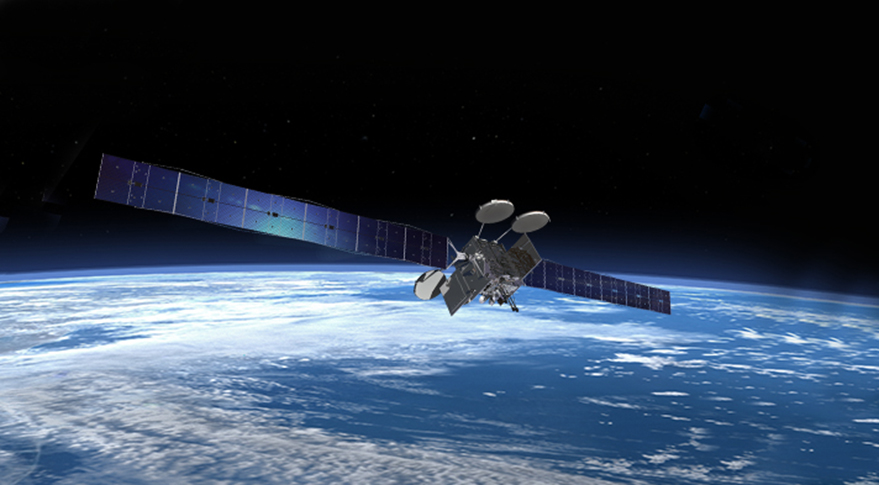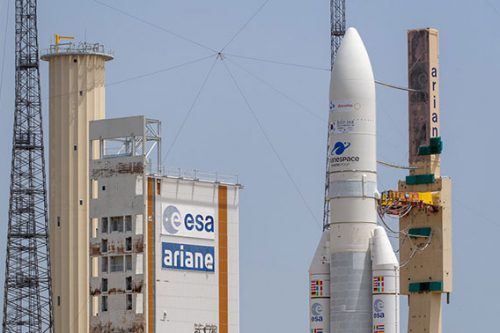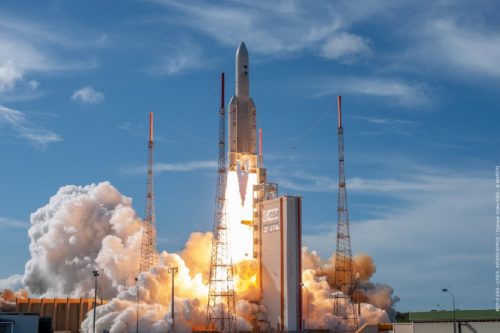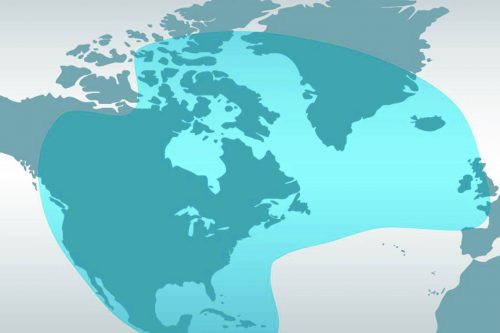
Back to selection
GEO Satellite
Viasat-2 (VS-2) GEO
succesfull
Launch date
1 June 2017
Country

Purpose
Communication
Position
70° West
Manufacturer
Operator
Launch operator
Launch vehicle
Ariane 5ECA
Expected lifetime
15+ Years

Region
North America Region
The ViaSat-2 satellite is a high-capacity broadband satellite operated by satellite operator ViaSat Inc. Boeing was selected in May 2013 to provide the satellite and payload for ViaSat-2.
The spacecraft was scheduled to launch in 2016 and was expected to provide more than 15 years of service life. It employs Boeing’s space-proven BSS-702HP platform and high-capacity Ka-band spot beam technology to ultimately service more broadband users at faster data rates than any previous satellite. With 350Gbps it has about 2.5 times the capacity of Viasat-1.
ViaSat-2 covers all of North America, Central America and the Caribbean, with coverage including the U.S. East Coast seaboard commercial air routes and the main air and maritime routes between North America and Europe. The coverage area is seven times the size of ViaSat-1’s coverage.
The satellite was booked on SpaceX’s Falcon Heavy (Block 5) rocket for a launch in late 2016, but was moved to an Ariane 5ECA rocket, operated by launch operator Arianespace, in 2017 due to schedule uncertainties. The launch occurred on June 1st, 2017 in a dual launch with Eutelsat-172B for satellite operator Eutelsat.
During testing on orbit, an antenna deployment issue was identified, which causes some spot beams to perform differently than they did during ground testing. This problem limits the downlink to downlink to 260Gbps.
The ViaSat-2 satellite is part of a new satellite system architecture created by ViaSat Inc. The objective is to create a better satellite broadband user experience, making satellite competitive with DSL and wireless broadband alternatives for the first time
GEO Satellite
Viasat-2 (VS-2)
succesfull
GEO Satellite
Viasat-2 (VS-2)
succesfull


